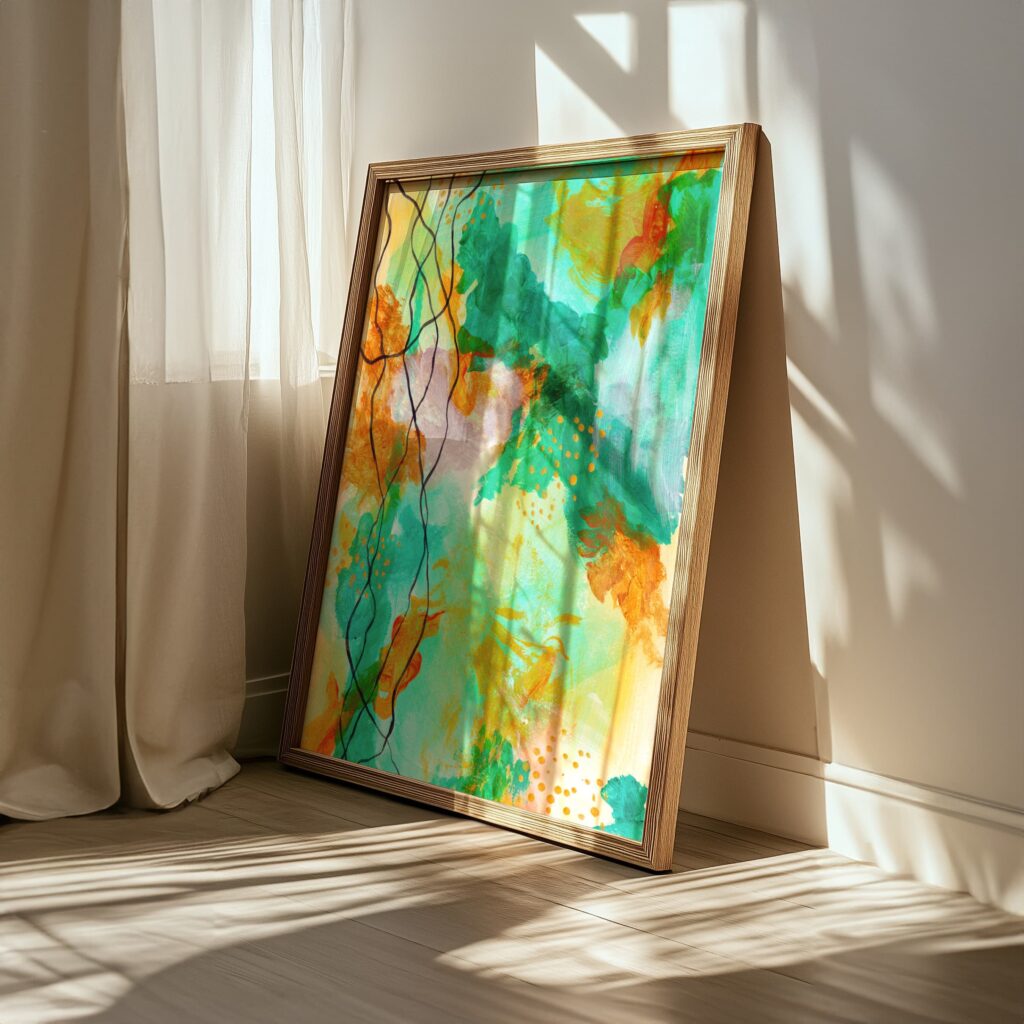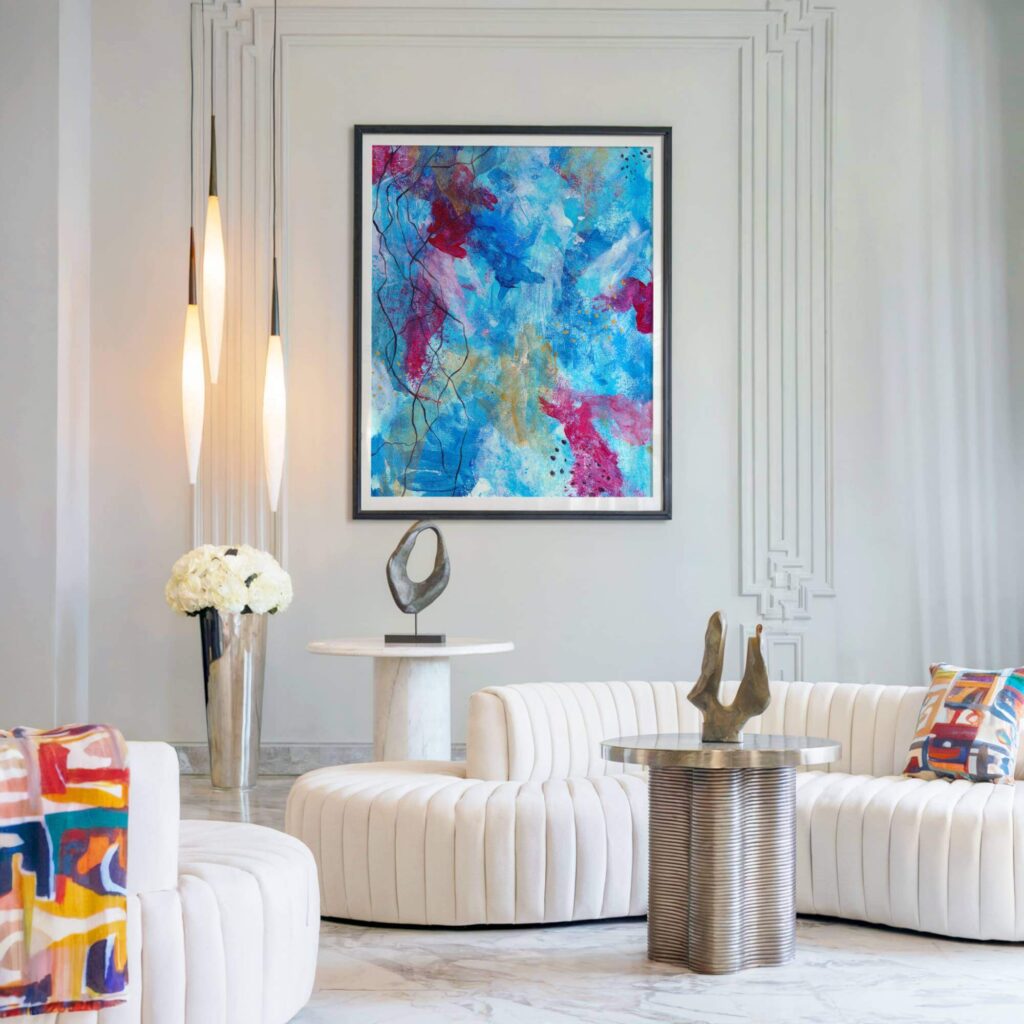Why I Took the Collector’s Vault Offline
The Collector’s Vault was once my public store. A carefully curated space where you could browse, choose a piece, and order it directly, no inquiry, no back and forth, no hesitation.
It worked. Technically.
But as I stood in the middle of my own work, something about the entire system started to feel… off. Like I’d built a beautiful room, then left the door swinging open to anyone, and everything, that passed.
Over time, that openness began to clash with the very thing the work stood for: stillness. Emotional presence. A quiet kind of intimacy.
And so I did something most people told me not to do.
I took it offline.
This is why. And what that means for you now.

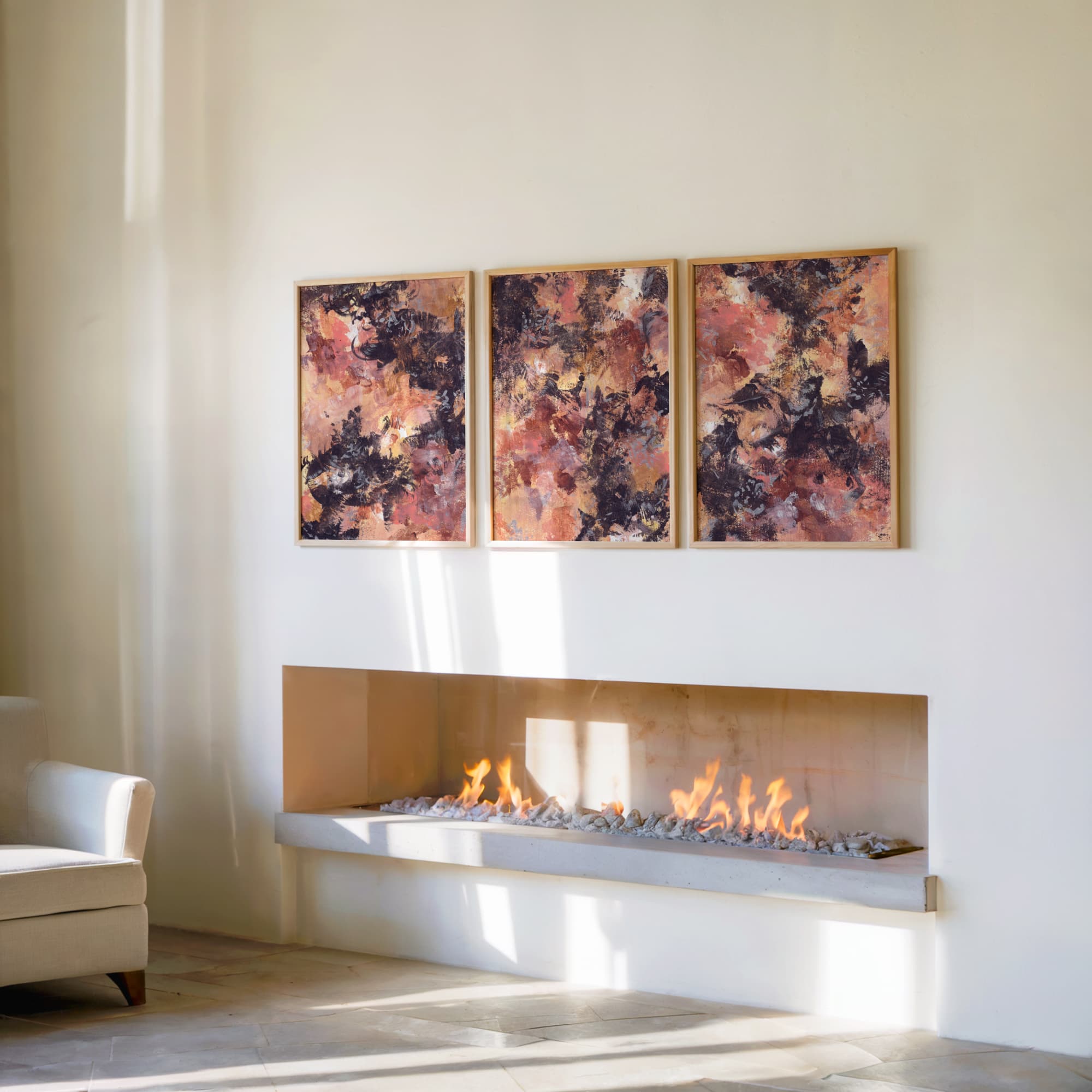
The wrong people were walking in
When you create emotional work, you start to notice who’s really listening.
I saw people coming into the Vault with no sense of what it held. Clicking quickly, expecting a price drop, skimming titles, asking why something wasn’t on canvas at IKEA prices.
I don’t blame them. The internet trains us to scroll, not feel.
But I didn’t make this work to decorate a space or chase an algorithm. I made it to anchor people. I made it through pain, collapse, grief, and recovery. And I realised, letting it sit on public shelves made it invisible to the people it was actually meant for.
The work deserved more.
So did you.
It was never meant to be an online shop
I tried to make the store elegant. It was beautifully designed. The layout was clean. The language was thoughtful. But no matter how well I dressed it, it still functioned like a transactional machine.
Click, choose size, checkout.
That might work for posters. But not for this.
These aren’t fast prints. They’re slow-built canvas pieces, rooted in memory, grief, clarity, and emotional repair. You don’t browse them the way you browse for throw cushions.
Putting them in a cart stripped them of their presence.
So I stopped pretending the store could hold them properly.
It couldn’t.

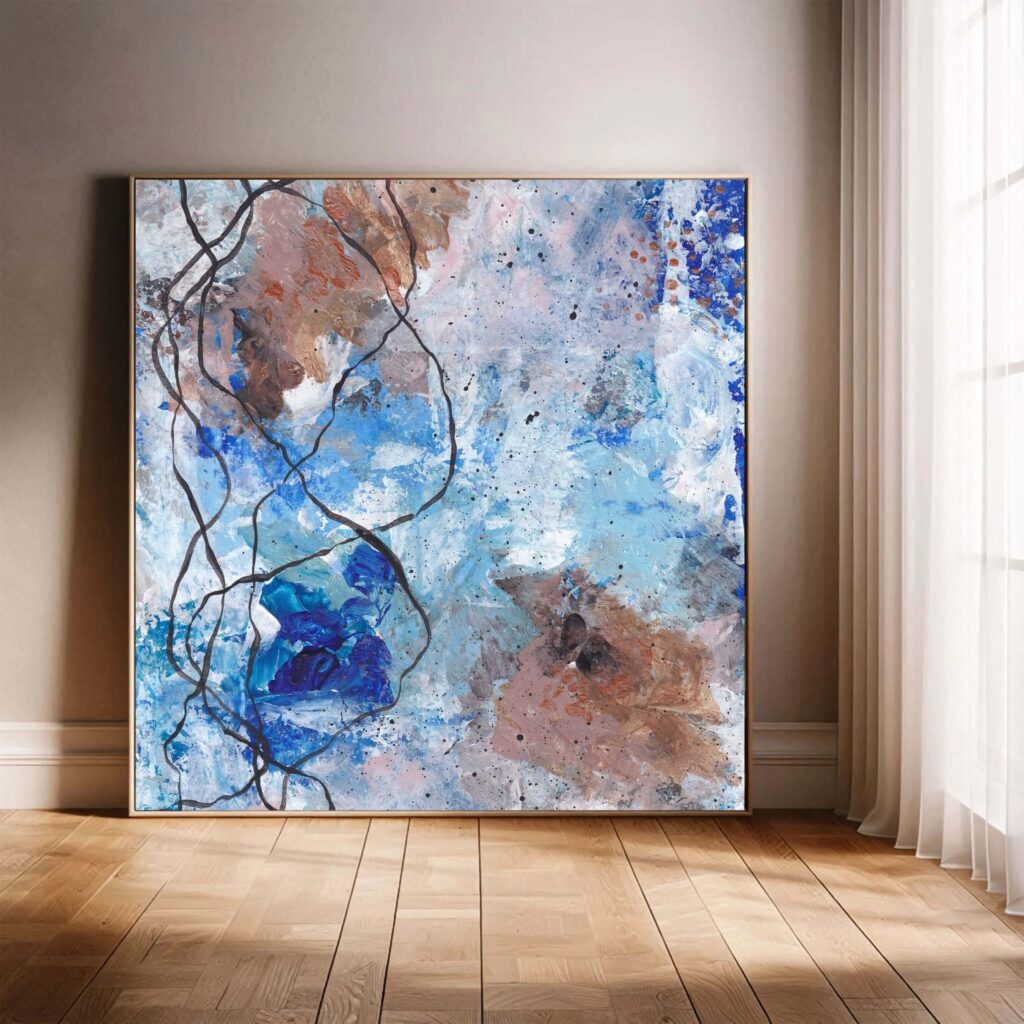
The Collector's Vault is not mass-market, and it never was
There’s a difference between being available and being made for everyone.
The pieces in the Collector’s Vault are emotionally resonant. They carry weight. They ask for attention, not approval. And they don’t translate well when thrown into public search engines next to glossy floral canvases and AI-generated wall art.
I didn’t create these to blend in. And they don’t.
By taking the Collector’s Vault offline, I created a space where the right people could enter with intention, not by accident, nor because they mistook the work for a trend.
This is not a trend. It’s a threshold.
Noise is not the same as visibility
There’s an entire industry built around being seen. Around shouting loud enough, posting fast enough, cutting your story into palatable squares.
I’ve done it before. It works. Until it doesn’t.
Because if everyone can access your work instantly, without context or relationship, it stops feeling like art and starts feeling like product.
And while I believe in accessibility, I also believe in curation. In permission. In protecting the weight of what I make so it doesn’t get flattened into “just another thing” in a sea of things.
Visibility without resonance is just noise.
I want depth.
Collectors don’t need more choice, they need more clarity
One of the hardest truths I learned running the public Collector’s Vault was this:
People don’t want more options. They want the right ones.
The store had over 100 pieces of beautiful artworks. That sounds like abundance. But to someone looking for a piece that can hold grief or joy or stillness in their home, it’s emotional overwhelm.
Taking the Collector’s Vault offline meant I could help people navigate with intention. They could still access the work. But only after they stepped into a slower rhythm. One where conversation replaced comparison. And clarity replaced confusion.
Now, instead of browsing endlessly, collectors are asking:
- What is this piece trying to tell me?
- Where would I place it?
- What do I need it to hold?
That’s where the real connection begins.
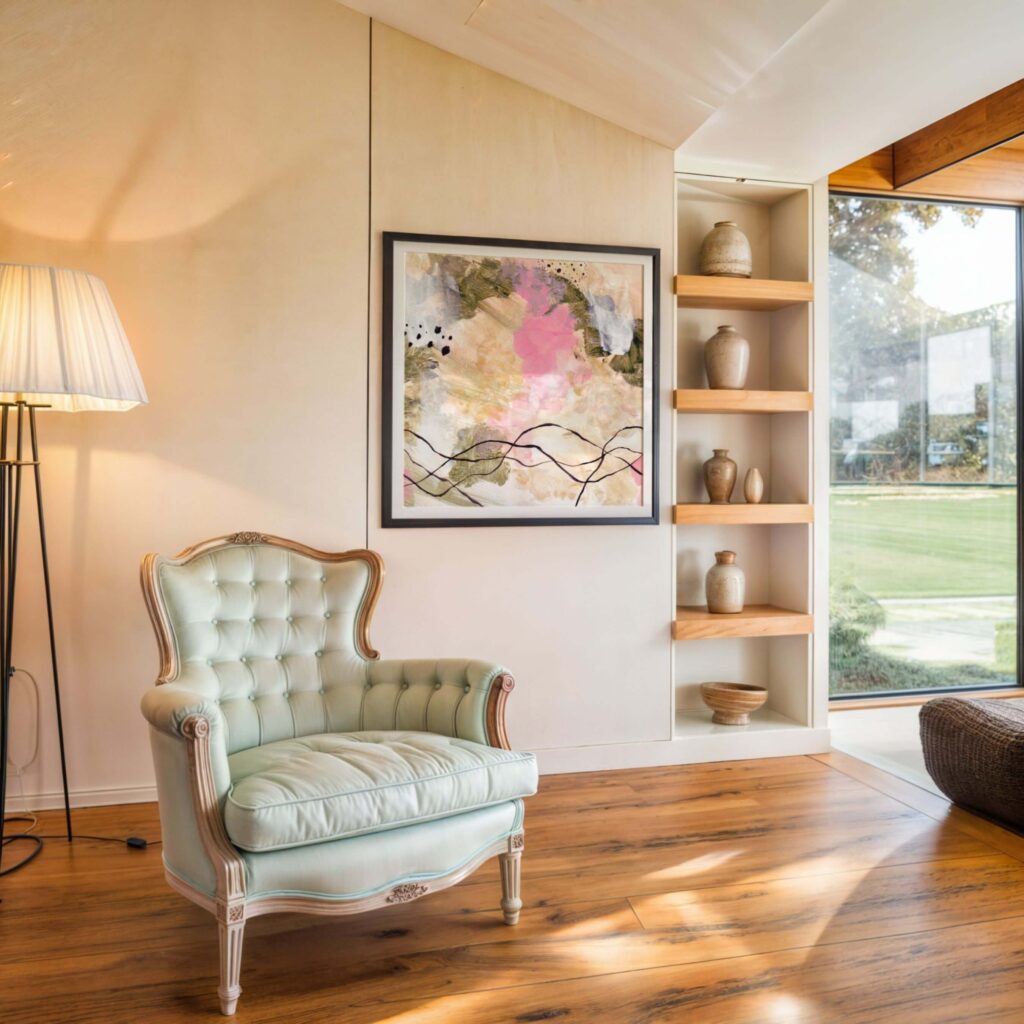
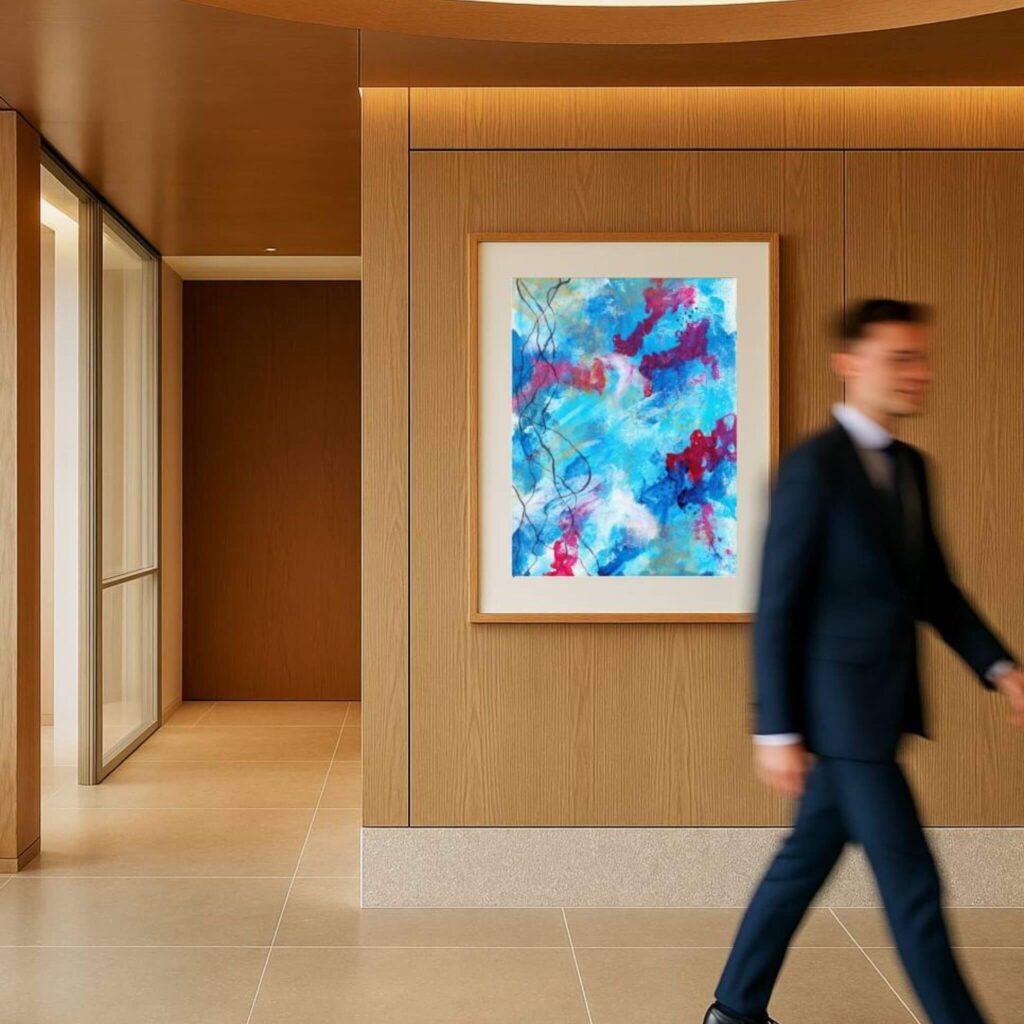
The public didn’t value what the private protected
In a public store, everyone sees the same thing. But not everyone sees it the same way.
The work began to lose shape in that setting. People were skimming past pieces created during my deepest unraveling, treating them like mood board options.
It felt wrong.
Not because I wanted applause. But because these pieces deserved to be received, not scrolled past.
Taking the Vault private didn’t make it more elite. It made it more sacred.
It let me speak directly to the people who knew the difference between wall art and emotional anchoring. The ones who don’t ask, “What does it mean?” but instead say, “I think I need this one near my desk.”
I no longer needed the store to prove the work was real
At some point, I realised I’d kept the public store alive as proof.
Proof that I was working. Proof that I had inventory. Proof that I existed as a “real artist.”
But the work doesn’t need proof. It already exists. It already holds people. It already speaks, quietly, deeply, even when no one’s watching.
I stopped needing the pageviews. I stopped needing the sales graphs. And I started trusting the slower rhythm I was always built for.
What Clients Say
“We thought we were commissioning a piece of art. We ended up creating a space that feels like a sacred pause.”
— Interior Designer, Devon“It’s not loud, but it changes the entire energy of the room. People always stop and breathe when they walk in.”
— Executive Client, London“It reminds me to be present every time I see it. It’s become part of my daily rhythm.”
— Private Collector, Edinburgh
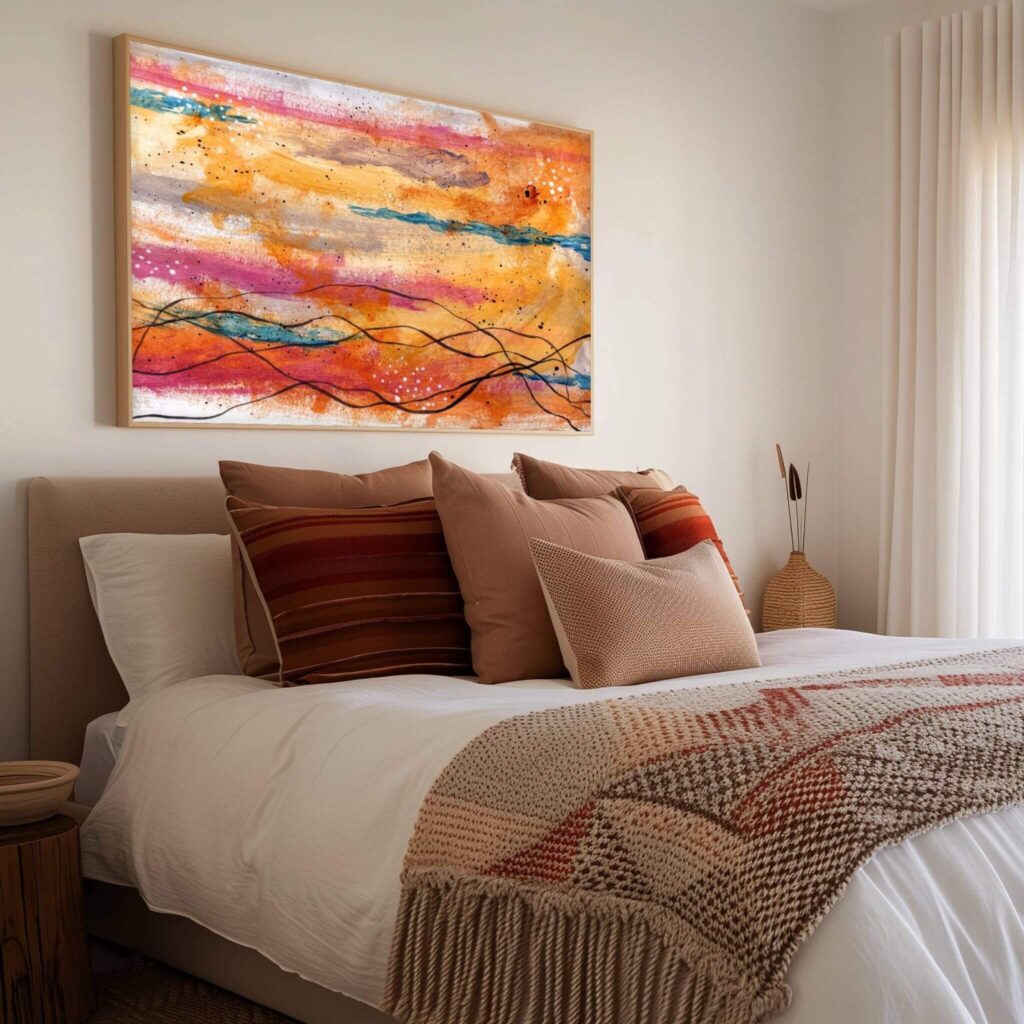

Private doesn’t mean hidden, it means intentional
Let me be clear: the Collector’s Vault isn’t gone.
It’s just no longer available through random clicks or Google image results.
Now, when someone wants to see the work, they request access. They enter a space made for presence. They receive a catalogue that’s built like a conversation, not a store. They get context, clarity, and a chance to engage, not just consume.
This isn’t about secrecy.
It’s about sovereignty.
And the people who feel that difference are exactly the people the work was made for.
I don’t know what will happen next, but that’s the point
I closed the public Vault a few days ago on Shopify. Actually, less than a week ago.
I don’t have a queue of collectors sending emotional stories. I haven’t suddenly become a magnet for soulful commissions. And I’m not pretending the inbox is full of transformation just because I made a decision that feels right.
But I didn’t do this for results.
I did it for alignment.
Because I knew, deeply, that leaving my work on public display like a showroom was no longer working. For me. For the work. And definitely not for the people it was truly meant to reach.
Taking it offline wasn’t about what it would bring in.
It was about what I could stand behind.
And if that means slower growth, more intentional connections, or even silence for a while, so be it. I didn’t build this studio to be loud. I built it to be real.
Scarcity culture is bullshit. But so is flooding the market.
I don’t believe in fake urgency. I don’t believe in “only 3 left” popups or countdown timers.
But I also don’t believe in handing over every piece I’ve ever made, all at once, without curation, to people who don’t understand the emotional language of the work.
Some pieces are now permanently archived. Others are available only by request. And what’s left in the Collector’s Vault is intentionally chosen, each with its own story, scale, and emotional purpose. At the moment, I selected 30 paintings to be included.
It’s not about controlling demand.
It’s about protecting meaning.
My Offerings
Whether you’re a private collector, a wellness-focused brand, or a designer sourcing for a high-calibre project, I offer art that resonates deeply and subtly.

Collector's Vault
Canvas prints from the archive, made with emotional resonance and sustainable materials for spaces seeking depth.
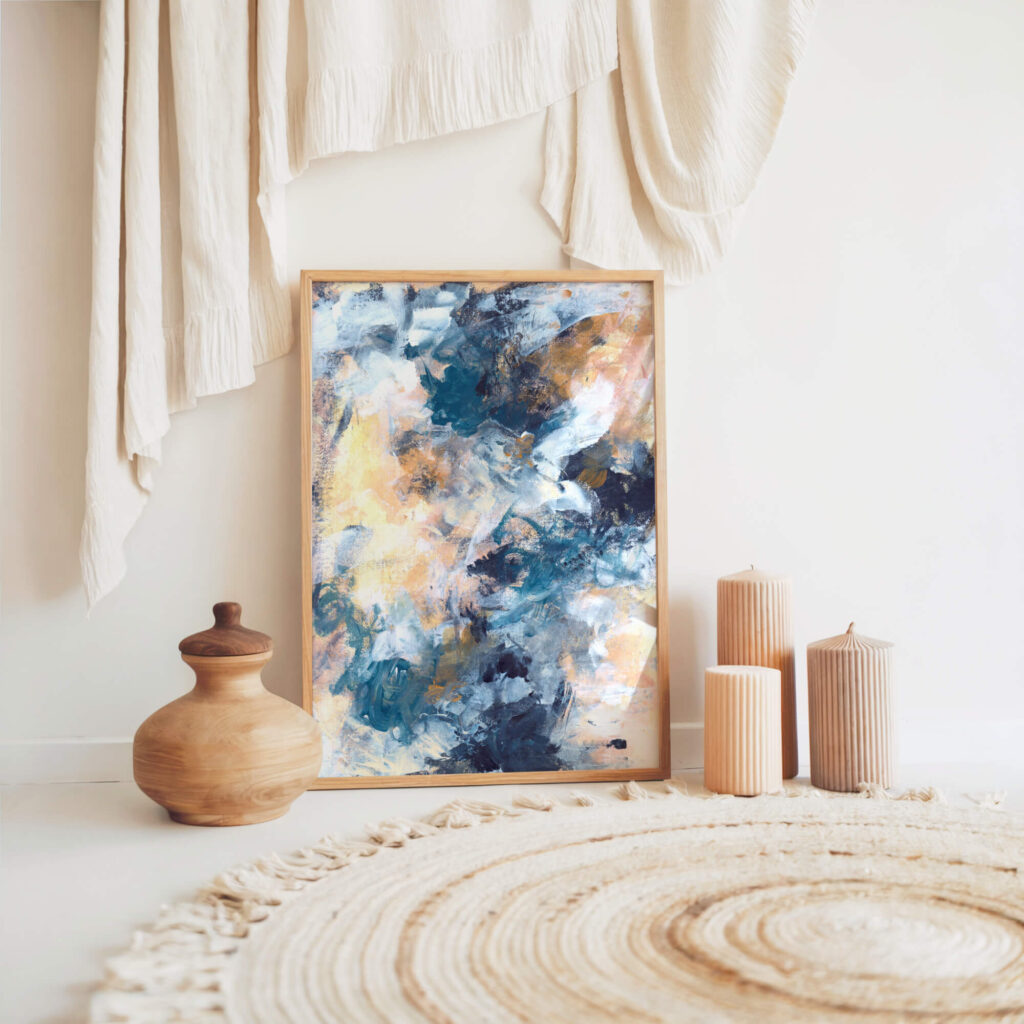
Capsule Commission
Created privately, one at a time, through stillness and reflection. Limited spaces each season to preserve depth and intimacy.
The Last 10
Ultra-limited, hand-embellished editions. No more than ten will ever exist. Made to ground, steady, and hold presence at the highest tier.
Slower access creates deeper resonance
When people take the time to request the catalogue, sit with it, and reach out intentionally, the entire relationship shifts.
They’re not browsing. They’re anchoring.
The work is no longer just a visual. It becomes part of a process. A part of their space, their recovery, their legacy.
And that kind of connection doesn’t happen through fast clicks.
It happens through stillness.
This decision wasn't strategic. It was necessary.
I didn’t run A/B tests. I didn’t follow a trend. I didn’t consult an agency.
I just listened.
To the work.
To the space.
To the way I felt every time someone skimmed past a painting that had held my grief and left a comment like “cool tones.”
That was my answer.
The work needed shelter. Not to hide it but respect it.
So I gave it one.
If you’re still here, this is for you
You’re not late. You’re not on the outside. You’re exactly the kind of person I took the Collector’s Vault offline for.
Because you take your emotions seriously.
Because you move through the world with care.
Because you don’t want to scroll, you want to feel.
So here’s what’s next.
Request Access to the Private Catalogue
Or if you’re ready to enquire about a specific piece just email me here.
